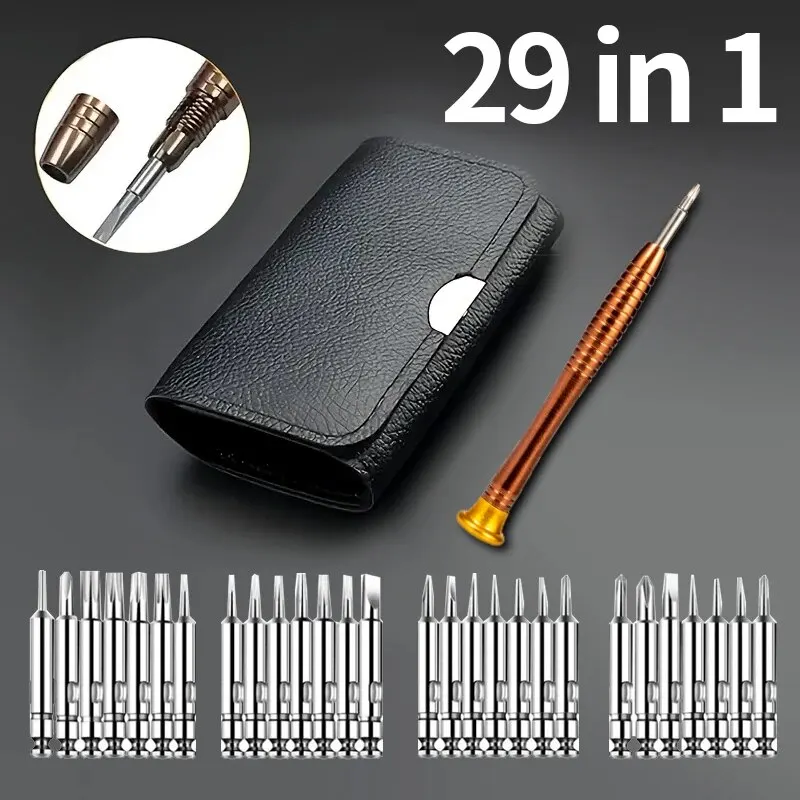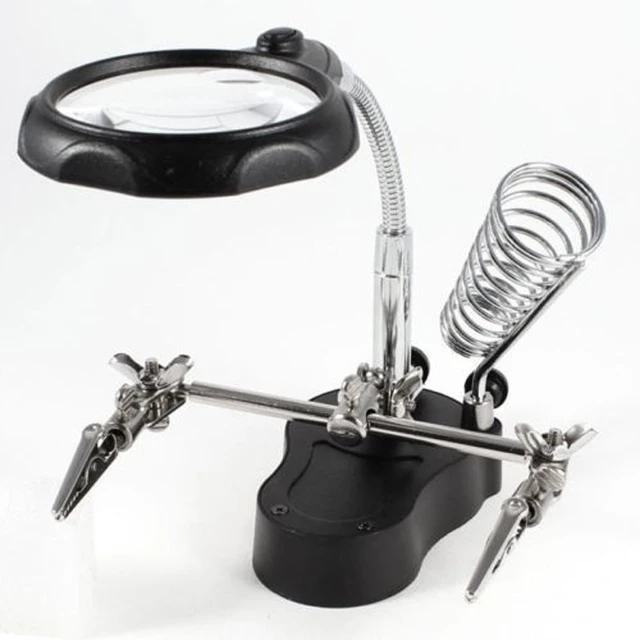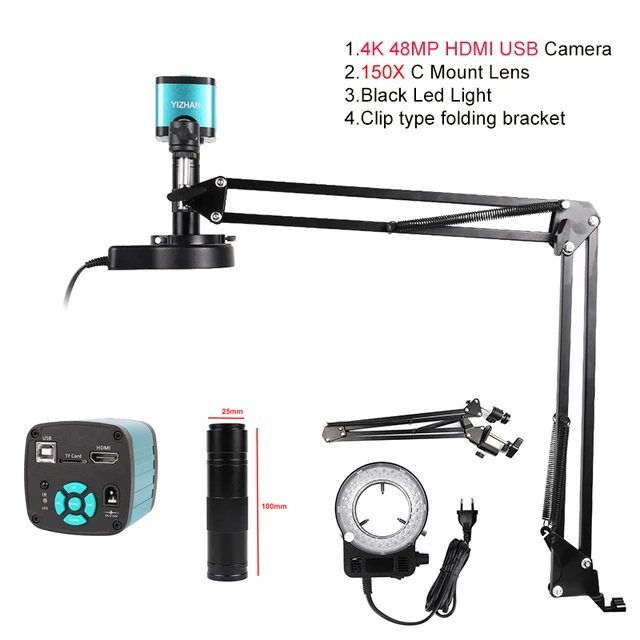This post is part of my video blog and you can find more information about this video.
You can support this channel on Patreon: patreon.com/JohnElliotV
Silly Job Title: Charge Changer. I am the Charge Changer!
In this video we take a look inside Encyclopedia of Electronic Circuits Volume 7 by Rudolf F. Graf and William Sheets.
Some circuits of interest included:
| Page | Circuit |
|---|---|
| 385 | DTMF Infrared Transmitter |
| 524 | FET Tester |
| 916 | Electronic Parrot |
| 925 | Voice-Effects Simulator Circuit |
And some new terms that we learned were:
- VFO: Variable-Frequency Oscillator
- LM3914, LED Driver, similar to LM3915 and LM3916
- MMIC: Monolithic Microwave Integrated Circuit
- Balun: balanced to unbalanced; balancing unit
- NE602: signal processing IC
Thanks very much for watching! And please remember to hit like and subscribe! :)
Following is a product I use picked at random from my collection which may appear in my videos. Clicking through on this to find and click on the green affiliate links before purchasing from eBay or AliExpress is a great way to support the channel at no cost to you. Thanks!
Yum Cha 29 In 1 Mini Precision Screwdriver Set notes notes |
Let’s go shopping!






